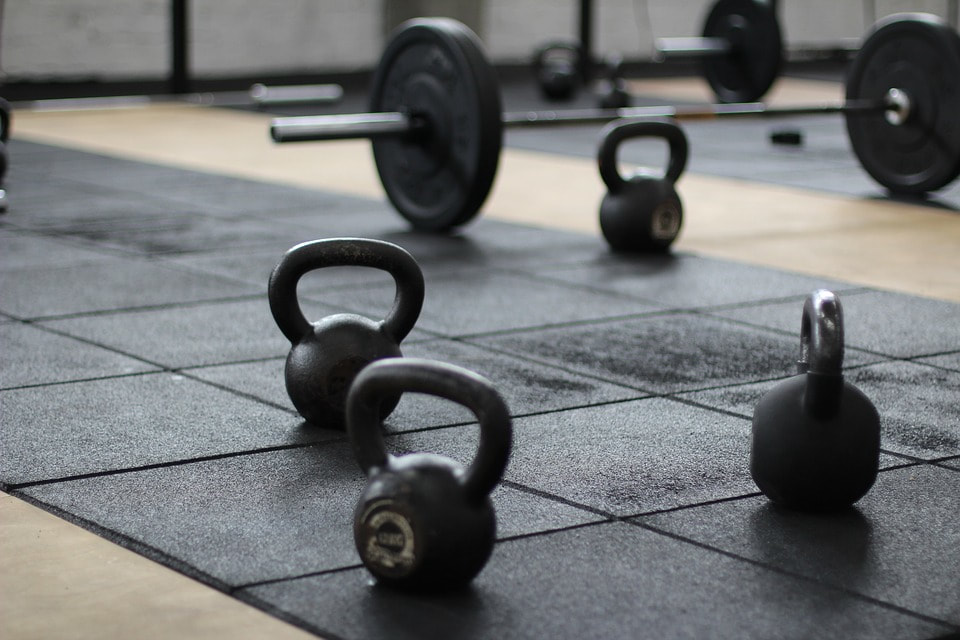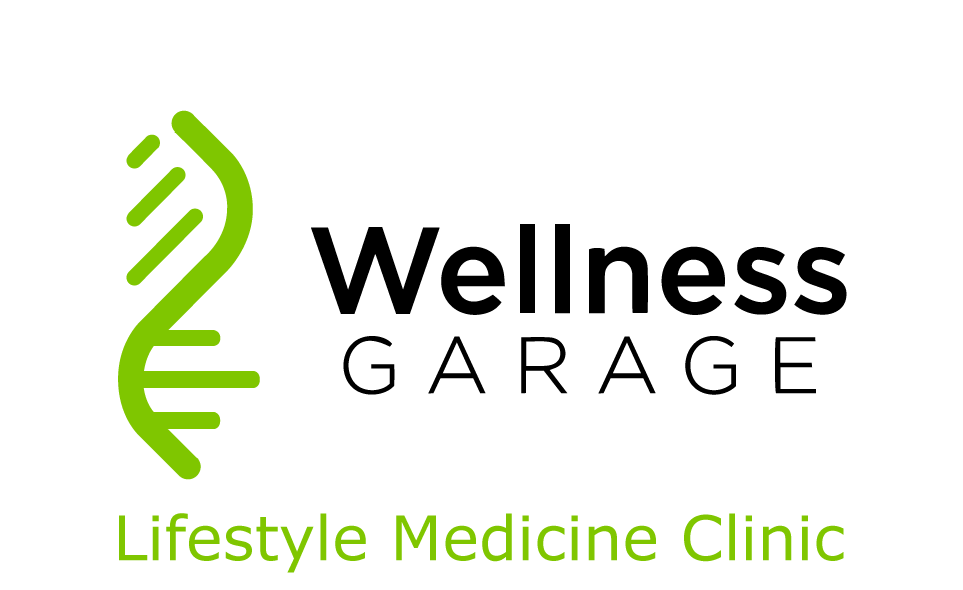|
As I have written elsewhere on this blog, cardio-respiratory fitness (V02Max) and muscle strength are both independent and powerful predictors of longevity. Ruiz and colleagues carried out the most comprehensive study examining the influence of muscle strength and cardiorespiratory fitness on healthy aging. They found that for those over 60, both all-cause and cancer mortality is twice as likely in individuals with low compared to high skeletal muscle strength, and irrespective of strength, low cardio-respiratory fitness is associated with twice the incidence of all cause mortality. Aging is characterized by a decline in the capacity of the body’s major organs, in particular the loss of muscle (sarcopenia) and loss of bone (osteopenia) have severe consequences on the quality of life as we age. From a metabolic perspective, a healthy muscle mass with frequent exercise provides a sink for glucose, making it easier to maintain blood sugars and avoid insulin resistance. The decline of healthy, functional, skeletal muscle, correspondingly is one of the major factors leading to insulin resistance, with higher levels of insulin causing inappropriate fat deposition throughout the body further compromising organ function. Quite separate from the metabolic effects of diminished muscle mass, the loss of functional endurance, strength and range of motion effects locomotory function, compromises balance, increases risk of falls and fractures and leads to diminished health span. Given the clear benefits of muscle strength on healthy aging one key question is what should you do to preserve muscle mass, strength and function across lifespan? There is clear evidence that the trajectory of sarcopenia and muscle loss is highly dependant on activity - in other words exercise dramatically diminishes the loss of muscle associated with age. Repeated resistance exercise results in increased muscle mass by stimulating protein synthesis within the muscle. With aging there is evidence that there is some anabolic resistance to the effect of exercise but that this can be overcome if a sufficient stimulus is maintained. Protein is the essential macronutrient in the diet for the maintenance of muscle strength, mass and function. The current RDA for protein intake to meet whole-body metabolic demands has been stet at 0.8g/kg/day - but this guideline does not differentiate between young and old or between individuals looking to gain or maintain muscle mass. As with many things nutrition related, these one-size fits all metrics don’t make much sense. A better way to think about protein intake, is that they should be optimized to levels that promote maintenance of muscle mass throughout the lifespan. An interesting recent review looked much more closely at this question of how much protein is optimal if you are trying to gain muscle. This meta analysis found that weight lifting regardless of protein supplementation led to strength gains, but for those who increased their protein strength was increased by about 10% and muscle mass by about 25%. When looking for the optimal amount of protein, the sweet spot seems to be around 1.6 mg/kg/day - or roughly twice the RDA. Above this level there was no additional advantage. Interestingly this review did not find any advantage to the type or timing of the protein intake. This may be because the underlying studies were very small, as there is basic science support for the notion that the muscle’s anabolic response to amino acids is maximal in the post workout period and that branded chain amino acids (BCAA’s), in particular leucine are the most potent stimulators of anabolism through the mTOR pathway. Here's the bottom line:
While I won’t get in too much detail here, I would like to point out that when it comes to macronutrient levels there is no simple formula that fits everyone - in fact this is something that needs to be adjusted to each person’s unique genetics, environment and behaviours. For proteins, we have just seen that the optimal level of protein needs to be adjusted to the level of anabolism - more muscle mass increase requires more protein, maintenance less, and under no circumstances do we want the dietary intake of protein to trigger catabolism or muscle breakdown. So we need to define protein intake by the person’s goals - maintenance or anabolism - and adjust accordingly. Dietary proteins that are not used for the body’s protein repair, maintenance and increase of muscle mass, are generally excreted and not used for energy provision. In many ways, our protein rule is to find the minimum level of protein that meets our goals - maintenance or anabolism. For carbs the task is reversed, we should titrate the maximal amount of carbs that we can tolerate while maintaining low and flat blood sugars without any sign of insulin resistance. For people that are already showing insulin resistance, this level will be very low - hence the low carb approach for metabolic disease. For others, (healthy cross-fitters for example), burning lots of calories in metabolically healthy muscles the amount will be higher. And that brings us to fat, the calories that we do not get from carbs to meet our daily requirements must come from fat. Our energy requirements must be met by our intake of fats and carbs. So it you have insulin resistance and are carb intolerant, your fat intake must increase. For today, I will leave it here, but add one last comment, the most important thing to remember about anything related to nutrition is that the source of any of your calories should be coming from nutrient dense whole foods that are not processed or refined. |
AuthorDr. Brendan Byrne Categories
All
|

 RSS Feed
RSS Feed
